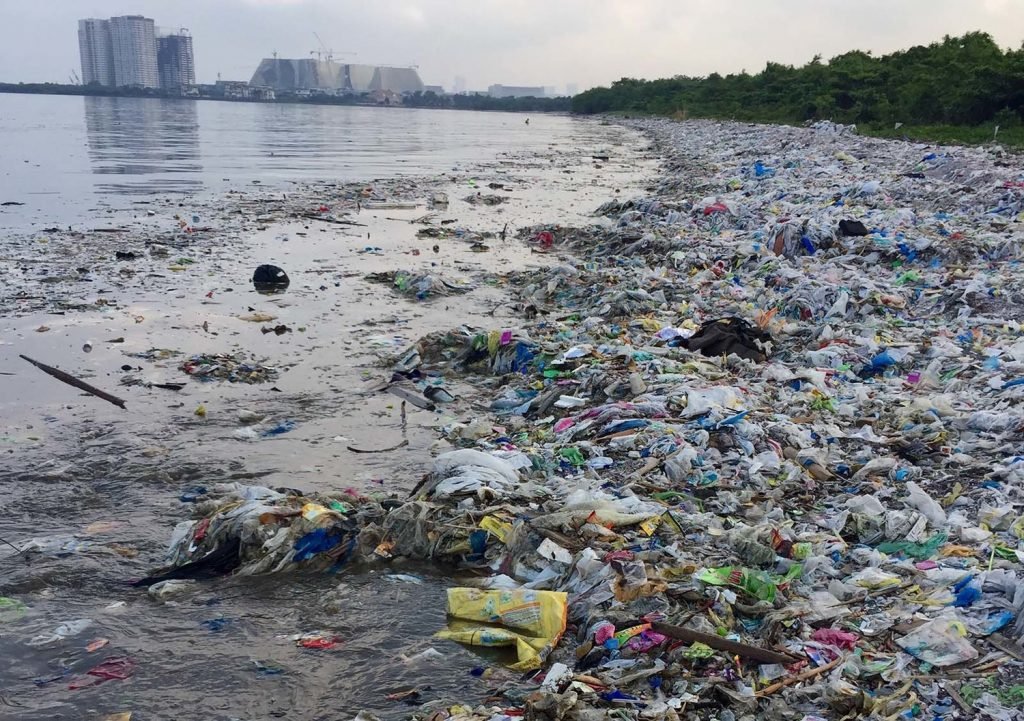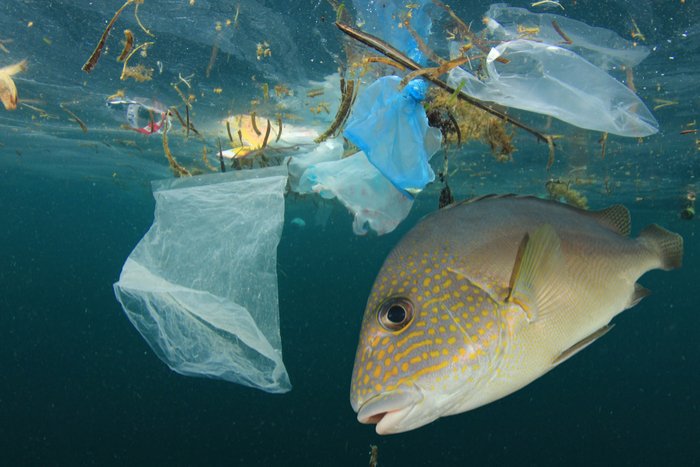animals
Aquatic Life Dead Zones and The Plastic Pollution Upsurge
Save the World, Save the Aquatic.
Currently, the planet has a huge problem with plastic, most especially as a big mass of plastic accumulate in the ocean, while tiny bits are flowing into primeval habitats – particularly the aquatic region. Our oceans and group of species are surrendering to the poisonous effect of plastic and according to a research publication obtain by Waterballon.me, a total of about eight hundred species across many countries are affected by marine debris and as much as 90 percent of the debris is plastic. Equally the publication revealed that a total of 15 million metric tons of plastic ends up in the ocean yearly – an equivalent of a garbage truck load’s worth per minute.
What’s Happening Now?
Sea turtles, Fishes, Marine mammals as well as Sea birds and partly humans are all victims of the effect of plastic pollution. Some sea animals become entangled in and ingest the plastic debris, leading to starvation, drowning, suffocation and most time death. While human are equally not exempt from this danger, plastics which some time break down much quicker into small particles, end up in some seafood that we consume.

Globally, it is recorded that a quarter of sea turtles have in one way or the other ingested plastic and some starved till death after ingesting it, erroneously thinking they have consumed enough as a result of a full stomach. As seen on many beaches, the pollution of plastics is becoming more inescapable that it’s equally having a negative effect on turtle’s reproduction rates, i.e. the plastics found mainly around the oceans, seas and river, where incubation happens alters the temperature of the sand.
In further fact, a recent study revealed that sea turtles have an increased chance of death once they ingest about 15 and more pieces of plastic. Same as for fishes and other aquatic animals, the young are however at risk because they are not as choosy as their seniors about what they eat and tend to drift with the tides, just as plastic does.
The Way Forward

Plastic waste eradicates up to a million sea animals annually and presently scientists estimate that with 60 percent of all sea species that have eaten pieces of plastic, it is expected to rise to 99 percent by 2050. Nevertheless, plastics in our oceans affect humans and creatures of large and small. To save the world, it is expected, we don’t litter, avoid plastic packaging, recycle plastics, purchase a refillable water bottle, give up your plastic bags, and skip straws. Once practiced, we all will live a healthy life. Save the World, Save the Aquatic, Save Yourself.


















